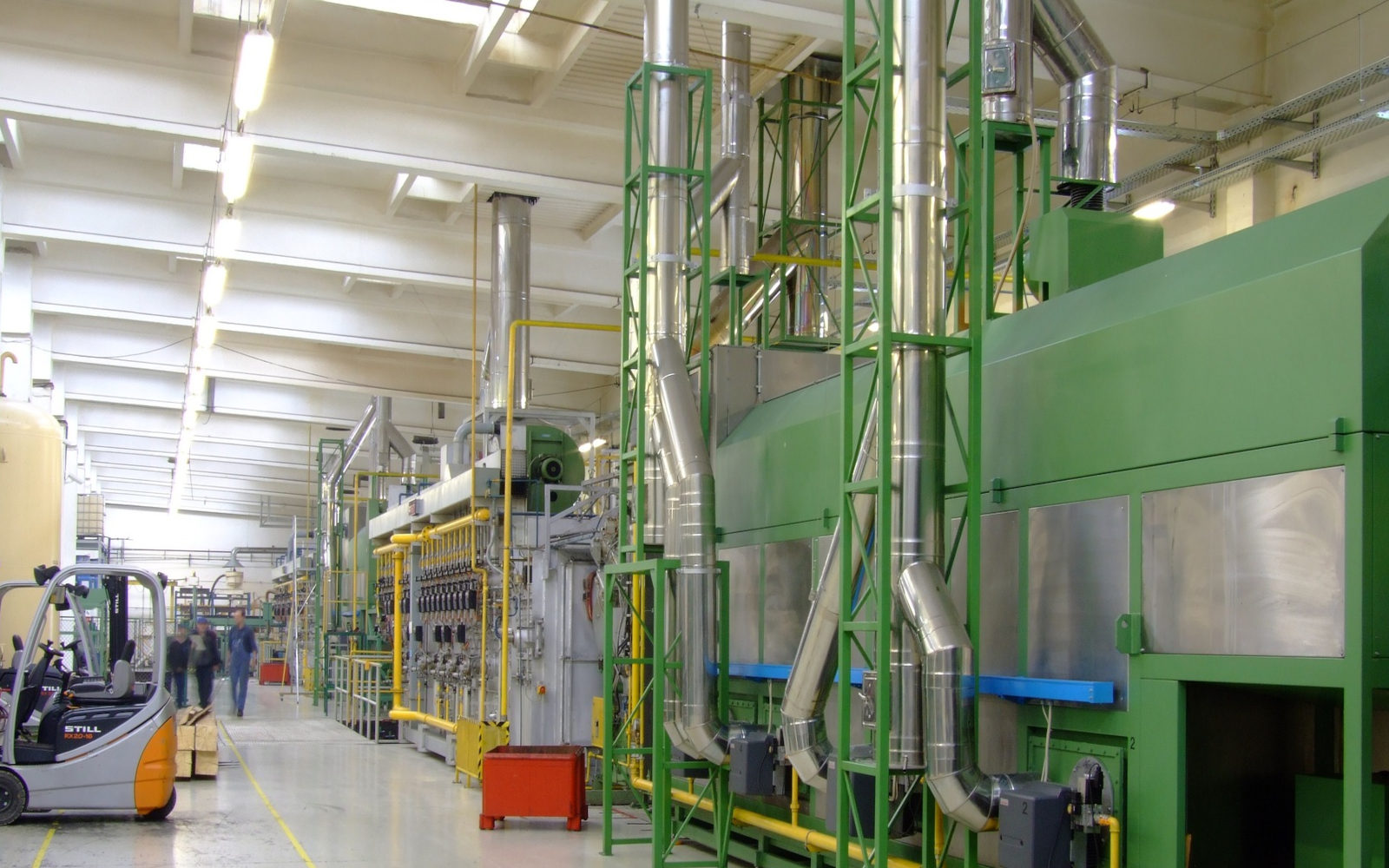Industrial gases play a crucial role in various industrial processes, offering benefits that range from enhancing production efficiency to ensuring the safety and quality of products. These gases are integral to numerous applications, including manufacturing, welding, and even food processing.
However, while industrial gases are invaluable, they also pose significant risks if not handled correctly. Understanding the types, uses, and potential dangers of these gases is essential for maintaining a safe working environment, particularly in industries where their use is prevalent.
Types of Industrial Gases and Their Uses
Industrial gases are typically categorized into three main types: toxic, corrosive, and combustible. Each category has distinct characteristics and applications, with associated safety concerns.
1. Toxic Gases
Toxic gases, such as carbon monoxide (CO), carbon dioxide (CO2), hydrogen fluoride (HF), hydrogen sulfide (H2S), and volatile organic compounds (VOCs), are commonly used in various industrial settings. These gases can accumulate in confined spaces, displacing oxygen and posing significant health risks. For example:
-
- Carbon Monoxide is odorless and colorless, frequently encountered in oil and gas applications. It is hazardous as it binds with hemoglobin in the blood, preventing oxygen transport.
- Carbon Dioxide is used across many industries, including beverage carbonation and fire suppression. However, in poorly ventilated areas, it can lead to asphyxiation.
- Hydrogen Fluoride is essential in petroleum processing and metal finishing. It can cause severe irritation to the eyes, skin, and respiratory system.
- Hydrogen Sulfide is notorious for its rotten egg smell and is commonly found in water treatment and waste management facilities. It can be lethal even in low concentrations.
2. Corrosive Gases
Corrosive gases, such as ammonia, hydrogen chloride, nitrogen dioxide, and sulfur dioxide, can cause severe damage to tissues and materials. These gases are prevalent in industries like chemical manufacturing and refrigeration. For example:
-
- Ammonia is widely used in refrigeration systems and agricultural fertilizers. It can cause severe irritation to the eyes and respiratory tract.
- Hydrogen Chloride, often used in chemical synthesis, can cause significant respiratory distress and tissue damage upon exposure.
- Nitrogen Dioxide and Sulfur Dioxide are by-products of combustion processes and can penetrate deep into the lungs, posing severe health risks.
3. Combustible Gases
Gases like acetylene, butane, ethylene, methane, propane, and propylene are highly combustible and pose explosion risks if they leak and encounter an ignition source. These gases are commonly used in welding, heating, and as fuel sources.
-
- Acetylene is extensively used in welding and metal cutting due to its high flame temperature. It must be handled carefully, as it can react violently with certain substances, such as water on calcium carbide.
- Methane is a primary component of natural gas and is used extensively as a fuel. It is highly flammable and requires careful handling to prevent leaks and explosions.
Lesser-Known Applications and Safety Considerations
Beyond their common uses, industrial gases have several lesser-known applications that highlight their versatility. For instance, argon is used in the production of high-quality steel and electronics due to its inert nature, which prevents unwanted chemical reactions. Nitrogen, another inert gas, is employed in food packaging to prolong shelf life by displacing oxygen, which inhibits bacterial growth.
The safe handling of these gases requires strict adherence to safety protocols. For example, proper ventilation is crucial in areas where toxic gases are used to prevent hazardous accumulations.
The storage of combustible gases in well-ventilated, non-flammable environments is equally important to minimize explosion risks. Regular monitoring and detection systems, like those offered by Interscan’s Accusafe and GasD 8000, are vital for early detection of leaks, ensuring prompt action to mitigate potential hazards.
Case Studies and Real-World Examples
In one notable case, a chemical plant utilizing hydrogen fluoride experienced a minor leak that was quickly detected by an advanced gas detection system. The system’s early warning allowed the facility to evacuate personnel and seal the leak without incident, preventing what could have been a significant health and safety disaster.
Another example involves the use of nitrogen in food processing. A manufacturer of packaged salads employed nitrogen flushing to extend product freshness. The use of nitrogen not only improved product quality but also reduced spoilage and waste, showcasing the practical benefits of this gas in the food industry.
Industrial gases are indispensable across a wide range of industries, offering essential benefits while also posing potential risks. Understanding the properties and applications of toxic, corrosive, and combustible gases is crucial for maintaining a safe and efficient working environment.
By implementing rigorous safety measures and utilizing reliable detection systems like the Accusafe and GasD 8000, industrial facilities can manage these risks effectively.
For those interested in enhancing workplace safety and ensuring compliance with industrial hygiene standards, consider requesting a quote for an Interscan gas detection system. With the right equipment and safety protocols, you can safeguard your operations and protect your workforce.


